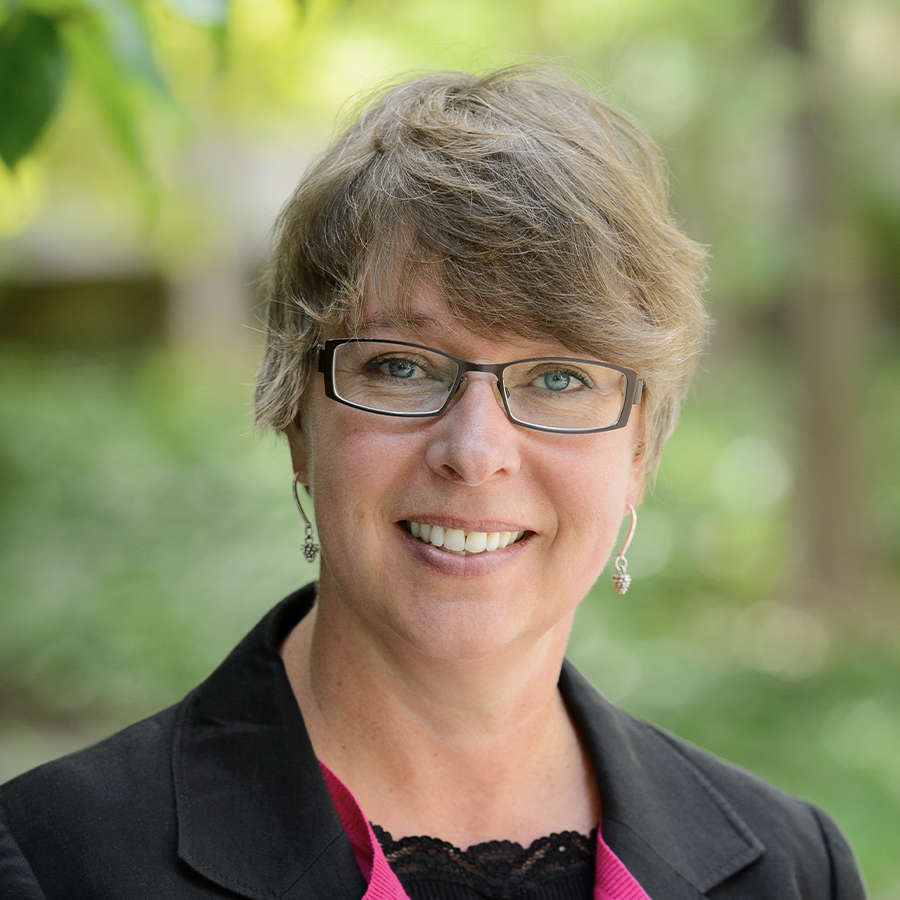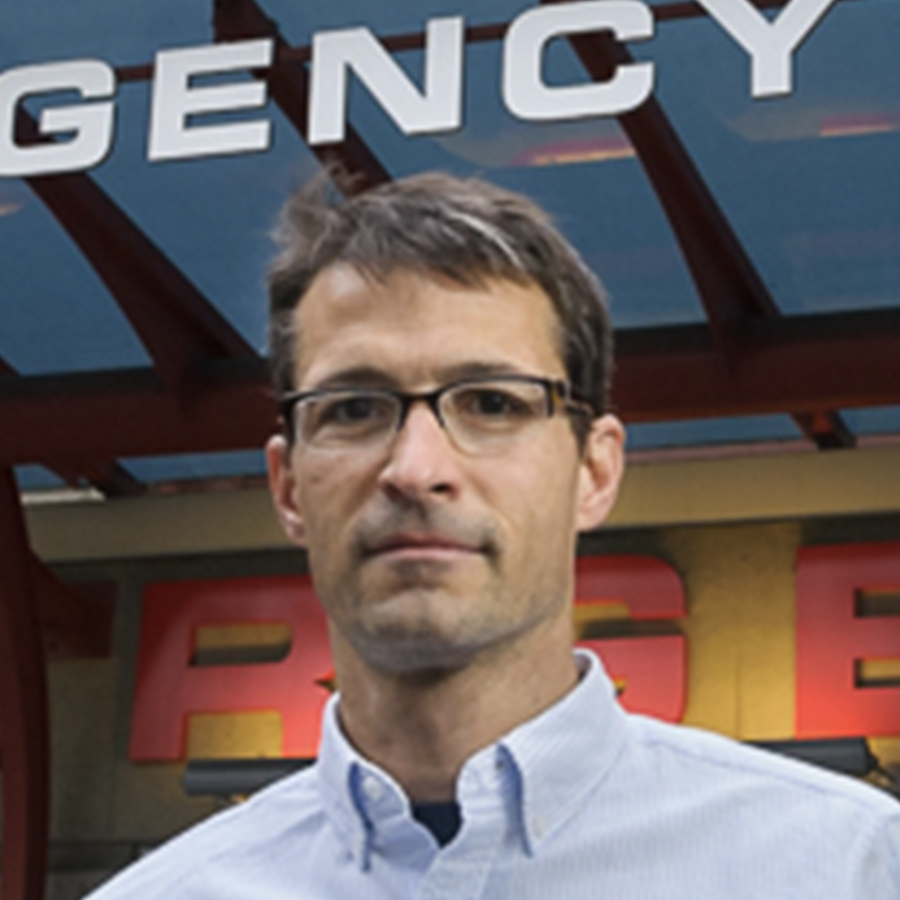Although the COVID-19 pandemic meant some employees packed up their offices and headed home to work, more than one-third of workers in Canada are employed in positions that require them to be physically present. These jobs range from the service industry to construction, where employees work closely together and often face the public. Before the pandemic, proximity to others was not necessarily a workplace safety concern, but that certainly changed in 2020.

In an effort to prevent COVID-19 from spreading, physical distancing precautions and interventions were implemented in Canadian workplaces where employees were unable to work from home. As part of prevention efforts, occupational health experts were tasked to better understand, and ultimately help prevent, outbreaks happening in work environments.
CHÉOS Scientist Dr. Mieke Koehoorn, who specializes in current and emerging issues in occupational health, was part of a group of experts who were mapping outbreaks.
Linking outbreaks with workplaces
“Early in the pandemic, we were looking for outbreaks in workplaces. This was to provide information in an effort to prevent the unnecessary spread of COVID-19 and identify where the risks were and try to intervene. The public health data collected from individuals getting COVID-19 does not traditionally include occupation, although public health officials were recording when a case was a health care worker.”
In fact, a person’s occupation is not part of their health record, even if they have a respiratory communicable disease such as COVID-19, because it is not required to provide health care services.
Dr. Koehoorn had to look for information linking COVID-19 outbreaks to occupation elsewhere. “We used various media reports across North America to see where they were picking up outbreaks. We learned about the poultry farm outbreaks at the same time as everyone else.”
Using media reports of outbreaks, Dr. Koehoorn was able to identify known high-risk occupations for workplace COVID-19 transmission, such as health care workers providing direct patient care, and to confirm other occupations, such as in the retail sector, are at a higher risk because the work involves frequent in-person interactions with the public.
“What we didn’t expect were outbreaks happening in factory settings and poultry farms,” said Dr. Koehoorn. “Our traditional measures of risk tend to focus on patient and public contact, and did not factor being in direct contact with other co-workers as the risk factor for transmission of COVID-19 in the workplace.”
Precarious employment and sick leave
Many of the occupations where outbreaks were observed but were not necessarily expected fall under the category of “precarious employment” which accounts for nearly 20 per cent of those employed across Canada. Dr. Koehoorn explains, “Precarious employment often describes a non-regular work situation where an employee is paid hourly, lacks sick leave benefits, and may lose their job if they do not show up to work. People in precarious work situations went to work while experiencing symptoms because they faced impossible decisions related to getting paid or fear of losing their job, especially at a time when the economy was taking a downturn. In the case of COVID-19, this precarity contributed to the risk of an outbreak at their job.”

This situation mirrors the findings of CHÉOS Scientist Dr. Andrew Kestler and emergency medicine resident Dr. Lulu Yang, where more than half of people showing up to emergency with COVID-19 symptoms did not self-isolate while waiting for their test results. Both situations highlight how financial stability can put people in challenging circumstances when it comes to following public health measures.
More than half of workers across Canada do not have sick leave benefits, either with their employer or within government mandates. These include those working in seasonal, casual/on-call, and contract employment. On January 1, 2022, in an effort to encourage employees to stay home when they weren’t feeling well, British Columbia implemented a province-wide permanent paid sick leave mandate. This allows employees to take up to five days paid leave and three days unpaid leave for any personal illness or injury with reduced risk of losing their job.
Workplace and health
Staying home when not feeling well is important for both the employee, to ensure a comfortable recovery while minimizing stress that could make their health worse, and for their fellow workers so that they stay healthy. A healthy workforce is an important aspect of occupational health and safety.
Every year on April 28, the Day of Mourning is held in BC to recognize those who lost their lives because of their work and to highlight the importance of workplace health and safety. This includes those who have died as a result of acute injuries such as falls or explosions, as well as those who have passed away from occupation diseases.
“The WorkSafe BC annual report still shows that the majority of occupational-related deaths are chronic diseases from exposures that happened 20–30 years ago,” explains Dr. Koehoorn. “For example, several cancers, including lung cancer and mesothelioma, are a result of asbestos exposure at work decades ago. The latency period between work exposure and disease onset is a challenge.”
Indeed, links between chronic diseases and workplace exposure may be difficult to recognize in retrospect and can hamper prevention efforts. Even though asbestos-related illnesses were recorded in medical journals as early as 1924, it wasn’t until several decades later that the use of asbestos in new construction projects was banned. Finding these connections requires the ongoing collection of data on occupations and exposures to help identify work-related illnesses and diseases. In fact, it took the efforts of anti-smoking crusader Heather Crowe, who was diagnosed with lung cancer resulting from second-hand smoke, to catalyze the implementation of smoking bans in enclosed public spaces to protect workers.
As we face the reality of new COVID-19 variants, and the possibility of future pandemics, collecting workplace data to help monitor public health may be crucial in protecting the workforce and the population.



